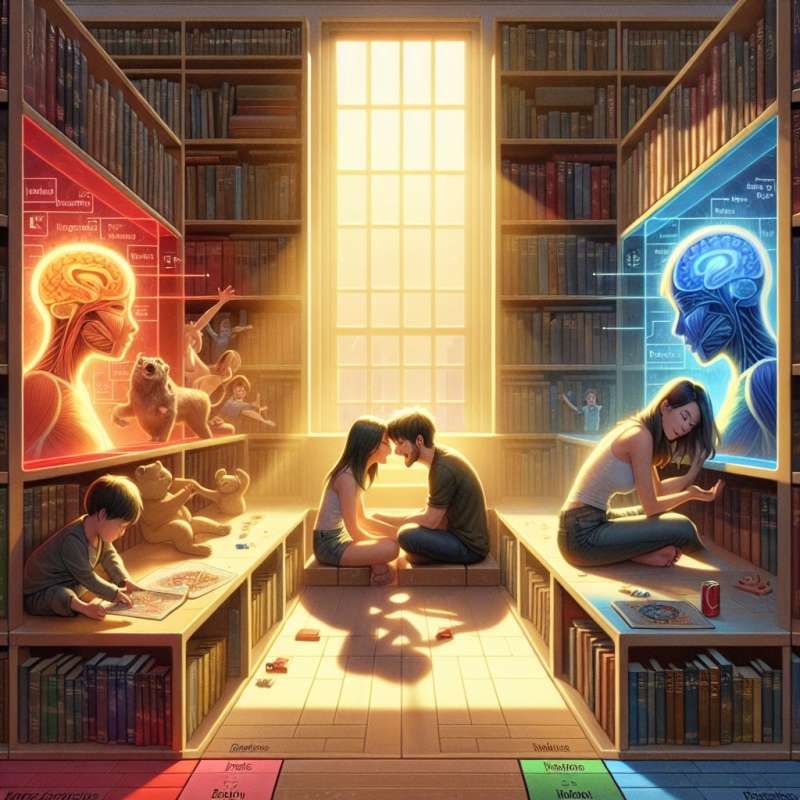
The Triune Brain Model
Our brain is theorized as tripartite: the reptilian (instincts), limbic (emotions), and neocortex (reasoning). This model, while simplified, helps explain the complexity of brain responses and evolutionary development.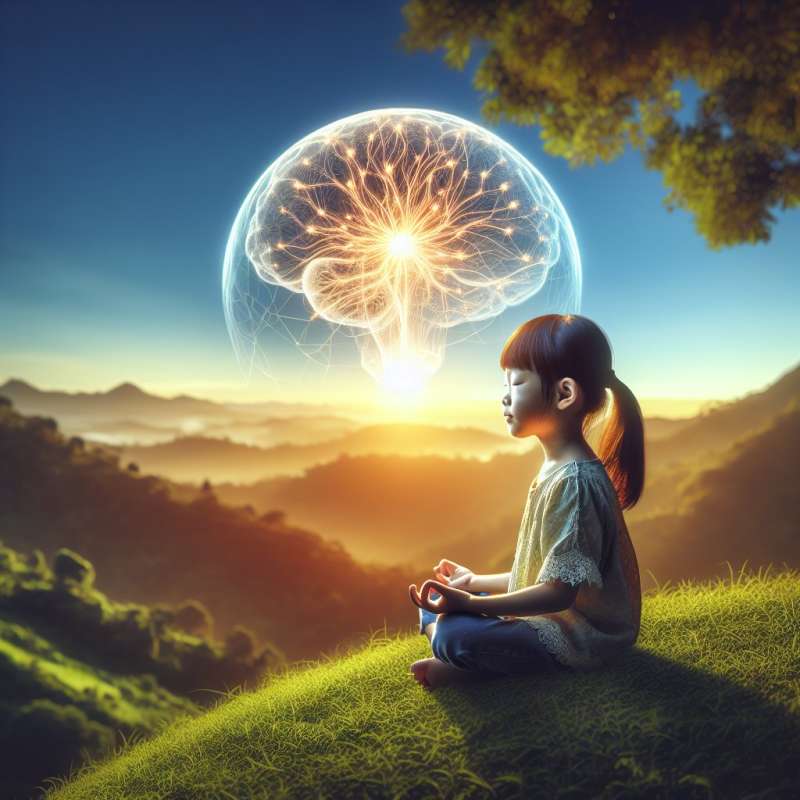
Brain's Electrifying Potential
The human brain can generate about 12-25 watts of electricity—enough to power a small light bulb. This energy comes from the billions of neurons firing and communicating.
Cerebral Cortical Folding
The brain's wrinkles, called gyri and sulci, increase surface area for more cognitive capacity. This folding allows for a larger cortex in the limited space of the skull.
Brain's Fat Content
Surprisingly, our brain is the fattiest organ, approximately 60% fat. This fat is crucial for providing energy and insulating neurons to facilitate fast signal transmission.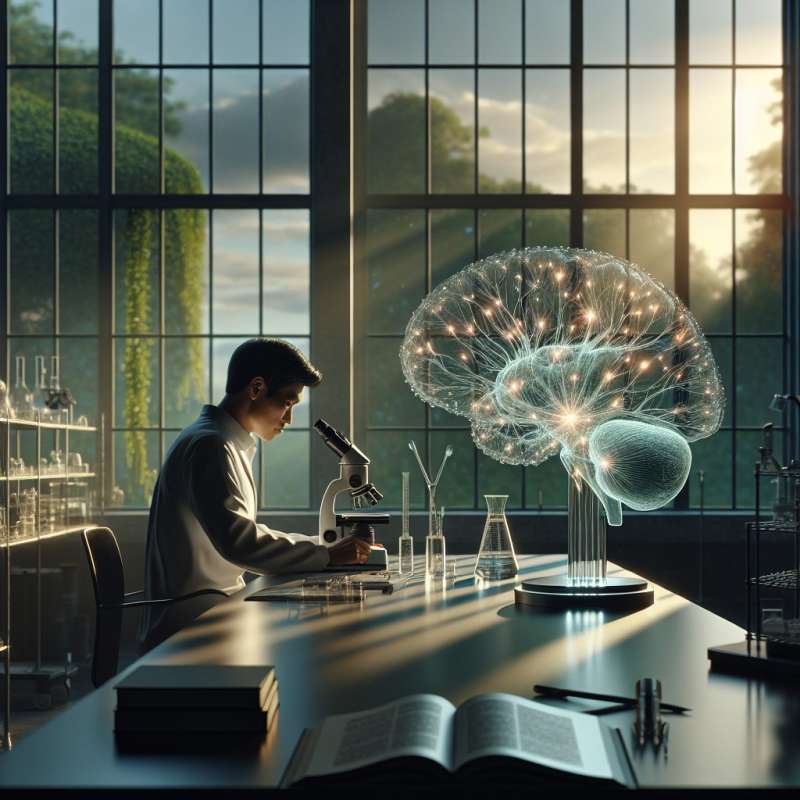
Neurogenesis: Brain's Adaptability
Contrary to old beliefs, adults can grow new neurons—neurogenesis—in certain brain regions. This process is associated with learning, memory, and recovery from injury.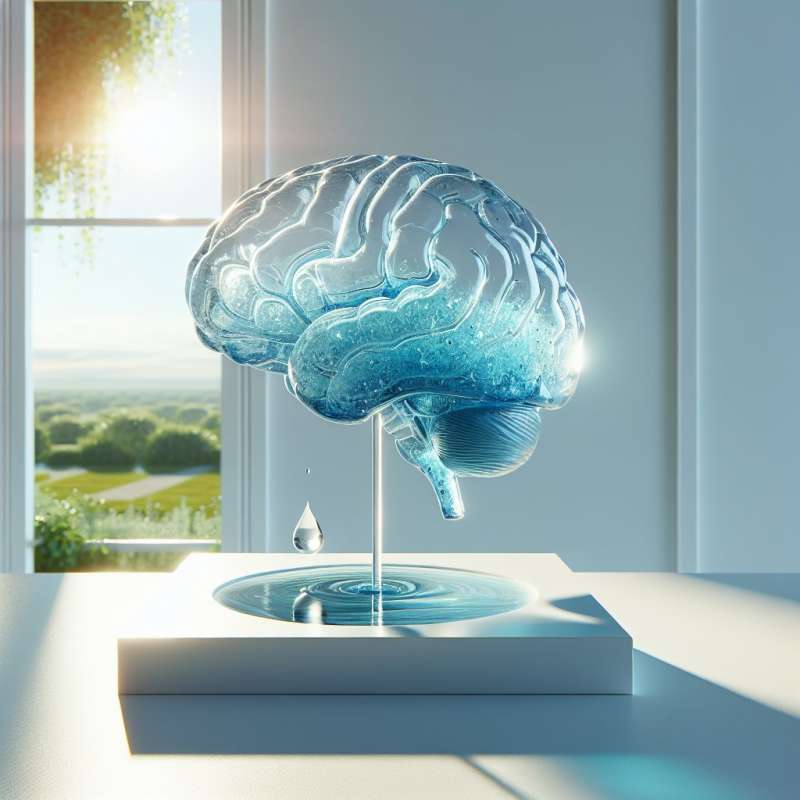
Brain's Water Composition
The brain consists of about 73% water. Even slight dehydration can reduce cognitive functions, affecting concentration, memory, and mood.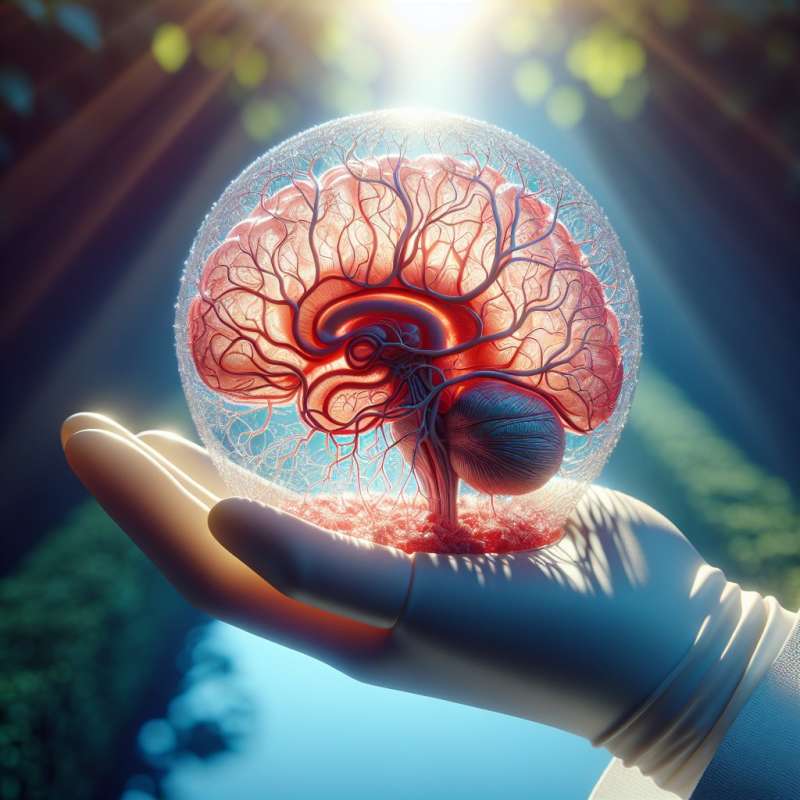
Brain's Blood Vessel Network
The brain's blood vessels would stretch nearly 100,000 miles if laid end to end. This extensive network ensures the brain receives sufficient oxygen and nutrients.
What does the Triune Brain model explain?
Brain's electrical wattage.
Brain's evolutionary development.
Brain's water composition.
Company